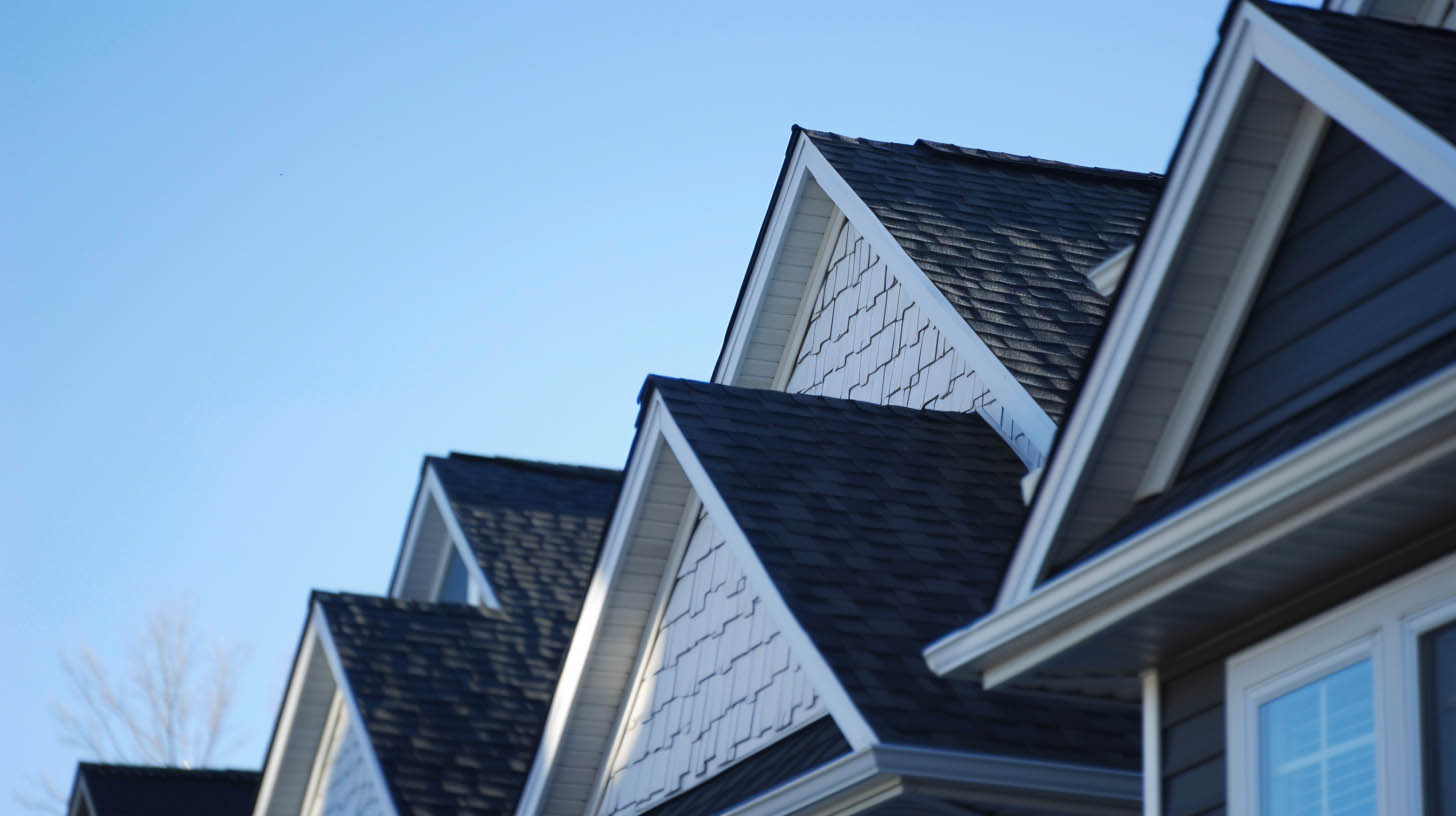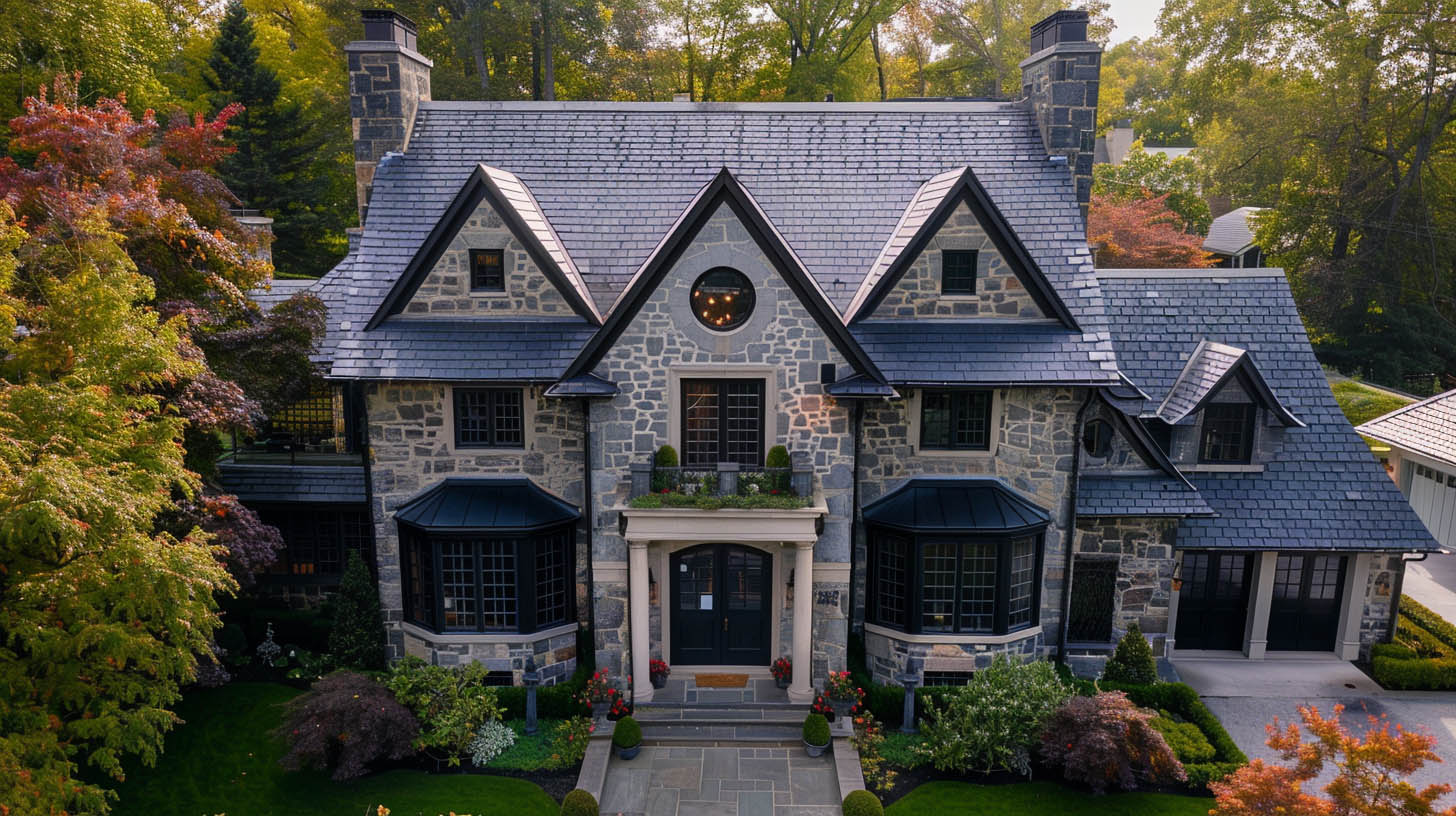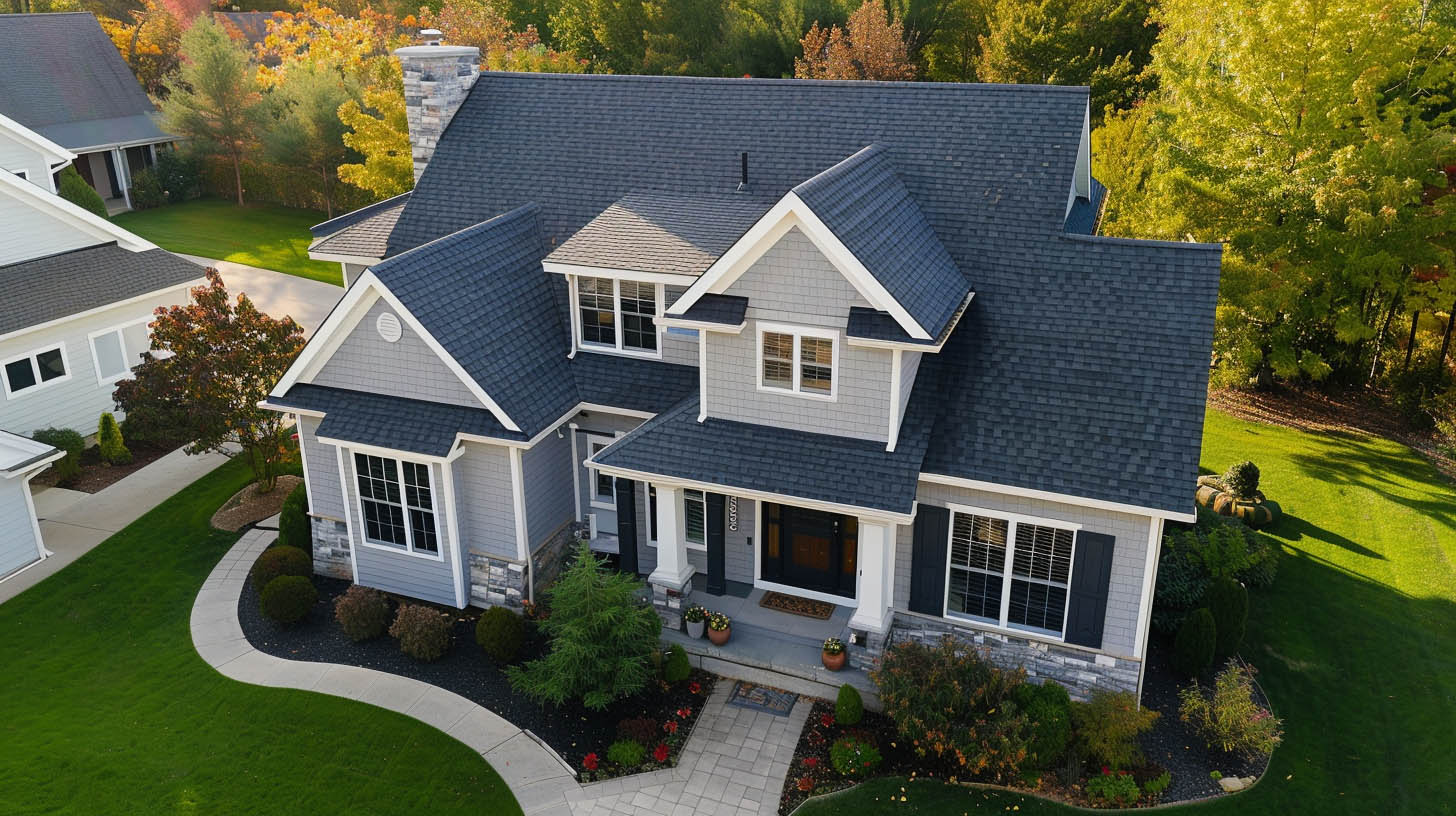
Asphalt-Saturated Felt Underlayment
Asphalt-saturated felt underlayment, commonly referred to as felt paper, is a traditional choice rooted in decades of use. Crafted from either organic or fiberglass base, impregnated with asphalt, this underlayment variety stands out for its affordability and basic water-resistant properties. Available in two grades, 15# and 30#, it is a go-to option for many due to its balance between performance and cost-effectiveness.Synthetic Underlayment
Marking a significant advancement in roofing technology, synthetic underlayment is engineered from polymers, offering superior strength, durability, and moisture resistance. Its lightweight nature simplifies handling and installation, while its exceptional tear resistance ensures it can withstand harsh weather conditions, including high winds and heavy rains, making it an increasingly popular choice among professionals and homeowners alike.Rubberized Asphalt Underlayment
For maximum waterproofing protection, rubberized asphalt underlayment is unmatched. Featuring a sticky underside coated with a layer of rubberized asphalt, this self-adhering underlayment creates a watertight seal with the roof deck. Its ability to form a continuous barrier against water makes it ideal for regions prone to severe weather conditions, offering unrivaled defense against leaks and water damage.Peel-and-Stick Underlayment
Peel-and-stick underlayment combines ease of installation with effective waterproofing capabilities. The self-adhesive backing adheres securely to the roof deck, eliminating the need for nails or staples, which can create potential leak points. This type is particularly beneficial for areas susceptible to wind-driven rain, as well as for protecting valleys, eaves, and other vulnerable sections of the roof.Fiberglass-Reinforced Underlayment
Integrating the durability of fiberglass with the water-resistant properties of asphalt, fiberglass-reinforced underlayment presents a robust option for homeowners seeking enhanced protection. Its resistance to tears and punctures makes it suitable for high-traffic roofs or those subject to extreme weather conditions, offering a long-lasting barrier against moisture and debris.Selecting the Right Underlayment
The choice of underlayment should be informed by several factors, including the local climate, the type of roofing material, and specific architectural features of the home. For instance:- Asphalt-Saturated Felt is recommended for traditional shingle roofs in moderate climates.
- Synthetic Underlayment excels under metal or tile roofs, especially in areas with frequent storms.
- Rubberized Asphalt is ideal for high-moisture regions, providing superior leak prevention.
- Peel-and-Stick offers easy installation and excellent protection for low-slope roofs.
- Fiberglass-Reinforced is suited for homes in regions with high wind speeds or significant rainfall.


